The rhino, or rhinoceros, belongs to the family Rhinoceros in the order Perissodactyla and is a large herbivorous mammal characterized by one or two keratinous horns on its nose. Today, there are only five rhino species left in the world: the white rhino and black rhino in Africa, and the Indian rhino, Javan rhino, and Sumatran rhino in Asia.
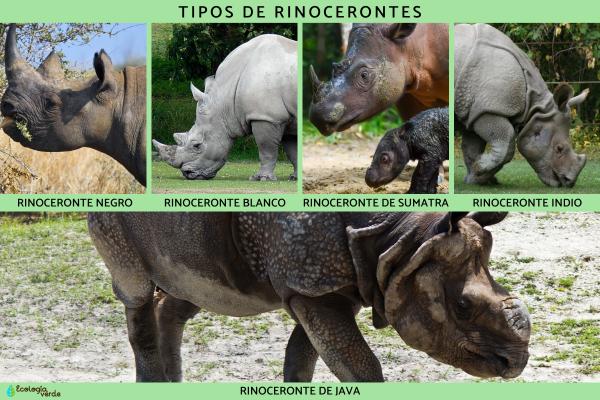
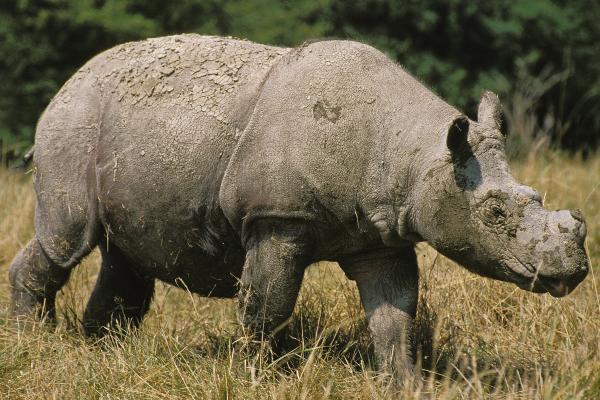
The Sumatran rhino (Dicerorhinus sumatrensis) is the smallest and hairiest of the living rhinoceros species. There are three confirmed subspecies:
Western Sumatran rhino (Dicerorhinus sumatrensis sumatrensis).
Bornean or Eastern rhino (Dicerorhinus sumatrensis harrissoni).
Northern or Chittagong rhino (Dicerorhinus sumatrensis lasiotis).
It occupies dense tropical forests from floodplains to mountainous areas. It prefers areas with a variety of vegetation, such as shrubs, twigs, fruits and roots, and is always close to water and mineral salts, where it can replenish its nutrients. Its shoulder height is only 1.2 to 1.45 meters, its body length ranges from 2.5 to 3.2 meters, and its weight ranges from 500 to 960 kilograms. Its red skin has distinct folds and is covered with hair that varies from short and hard to thicker in captivity. According to the IUCN Red List, the Sumatran rhino is listed as "critically endangered".
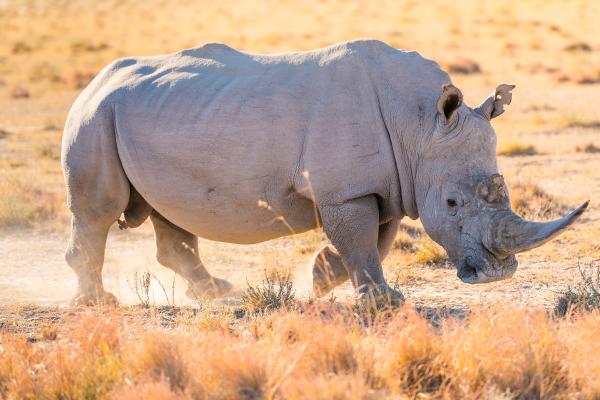
The white rhinoceros (Ceratotherium simum) is the largest land mammal living in Africa after the elephant. There are two subspecies:
Southern white rhino (C. s. simum): Population is about 17,000-20,000.
Northern white rhino (C. s. cottoni): Only two extant specimens are found in the Ol Pejeta Conservancy in Kenya.
Its preferred habitat is open short-grass and medium-grass grasslands, where it uses its wide, square lips (hence the common name "square lips") to cut grass directly from the ground.
Its body length ranges from 3.35 to 4.2 meters, its shoulder height ranges from 1.5 to 1.85 meters, and males can weigh more than 3,000 kg (females can weigh up to 2,000 kg). Its gray skin is hairless except for the ears, eyelashes, and the tip of the tail. They need to drink water every 2-4 days and are organized into small semi-social groups called "collapses", or solitary in the case of territorial males. According to the IUCN Red List, the white rhino is listed as "near threatened".
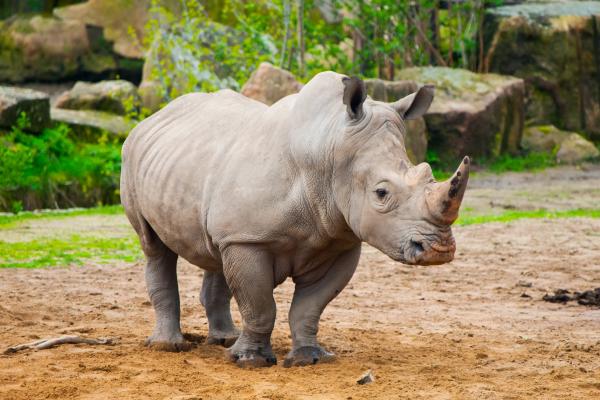
Black rhinoceros (scientific name: Diceros bicornis), also known as hook-lipped rhinoceros, includes four subspecies:
Central and southern (smaller).
Eastern (michaeli).
Southwestern (bicornis).
Western (long-legged hornbill, declared extinct in 2011).
It ranges across southern and eastern Africa, including the countries of Kenya, Tanzania, Namibia, South Africa and Zimbabwe. Its habitat is semi-desert savannah, forests, wetlands and scrub, always near water and mineral springs.
It is about 1.6 meters tall at the shoulder and weighs between 800 and 1,350 kilograms, smaller than the white rhino. It has two keratinous horns and a hooked upper lip used for browsing. It feeds on shoots, leaves and low branches, leaving angular edges on the vegetation. Its diet allows it to coexist with white rhinos without competing with them. It feeds around the clock, rests during the hottest hours, and marks its territory with urine and feces. The black rhino is listed as "critically endangered" and "severely reduced," according to the IUCN Red List.

The Javan rhinoceros (Rhinoceros sondaicus) is one of the rarest and most endangered mammals in the world. Currently, only a scattered population of about 76 survives on the Ujung Kulon Peninsula in western Java Island (Indonesia), and its number has been severely reduced due to poaching and habitat destruction.
The rhino stands 1.4 to 1.7 meters tall at the shoulder, 3.1 to 3.2 meters long and weighs 900-2,300 kilograms. It feeds mainly on leaves, shoots and twigs from hundreds of plants. It uses its long, pointed upper lip to pull out shoots and enter gaps created by fallen trees or landslides, and its preferred plants make up 40% of its total diet. According to the IUCN Red List, the Javan rhino is listed as "critically endangered".
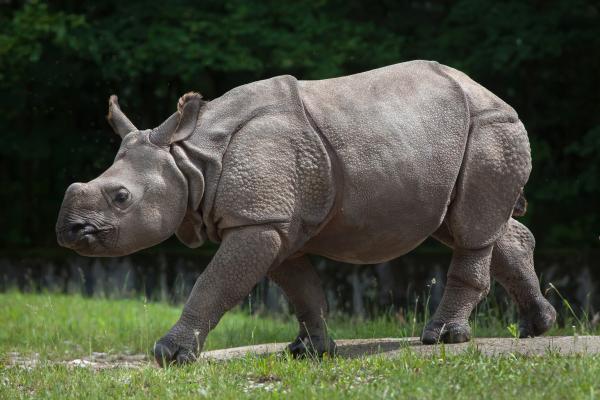
The Indian rhinoceros or greater one-horned rhinoceros (Rhinoceros unicornis) is now distributed in protected areas in the southern Himalayas, mainly in India (Assam) and Nepal, although its distribution range previously extended from Pakistan to Myanmar and southern China. It prefers semi-aquatic habitats: flooded grasslands, swamps and mineral-rich riparian forests, where it has access to water and natural salt sources.
With a shoulder height of 1.75-2 meters and a body length of 3-3.8 meters, it is the second largest rhino after the white rhino. They weigh between 1,800 and 2,700 kilograms, but there are records of them weighing up to 3,500 kilograms. Its diet is random, and this rhino will eat herbs, shoots, leaves, fruits, branches and aquatic plants, eating food equivalent to 1% of its body weight every day. ItTheir diet includes more than 180 plant species, and their food varies with the seasons, including nearby pastures and crops. According to the IUCN Red List, Indian rhinos are listed as "Vulnerable".
animal tags: rhino
We created this article in conjunction with AI technology, then made sure it was fact-checked and edited by a Animals Top editor.